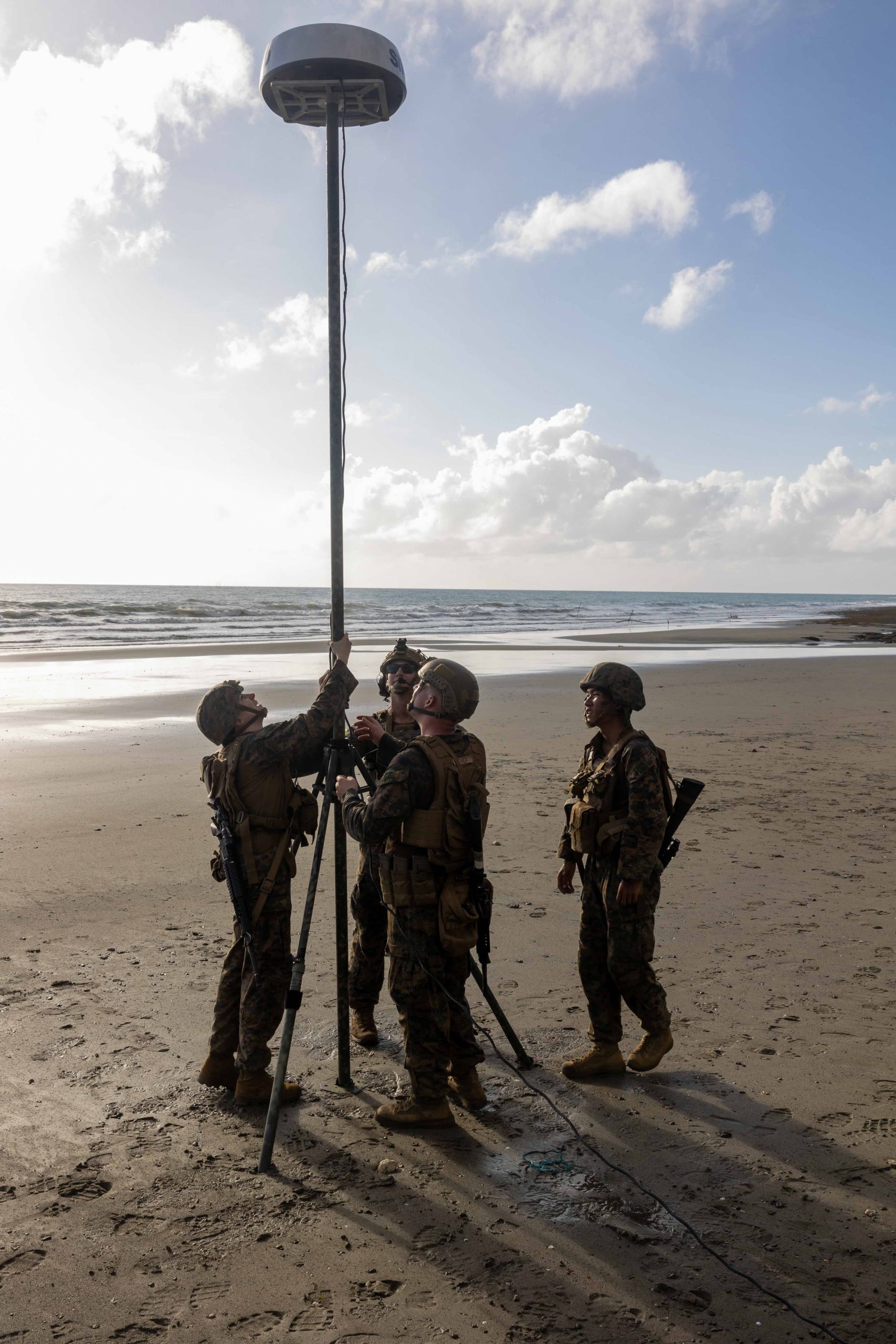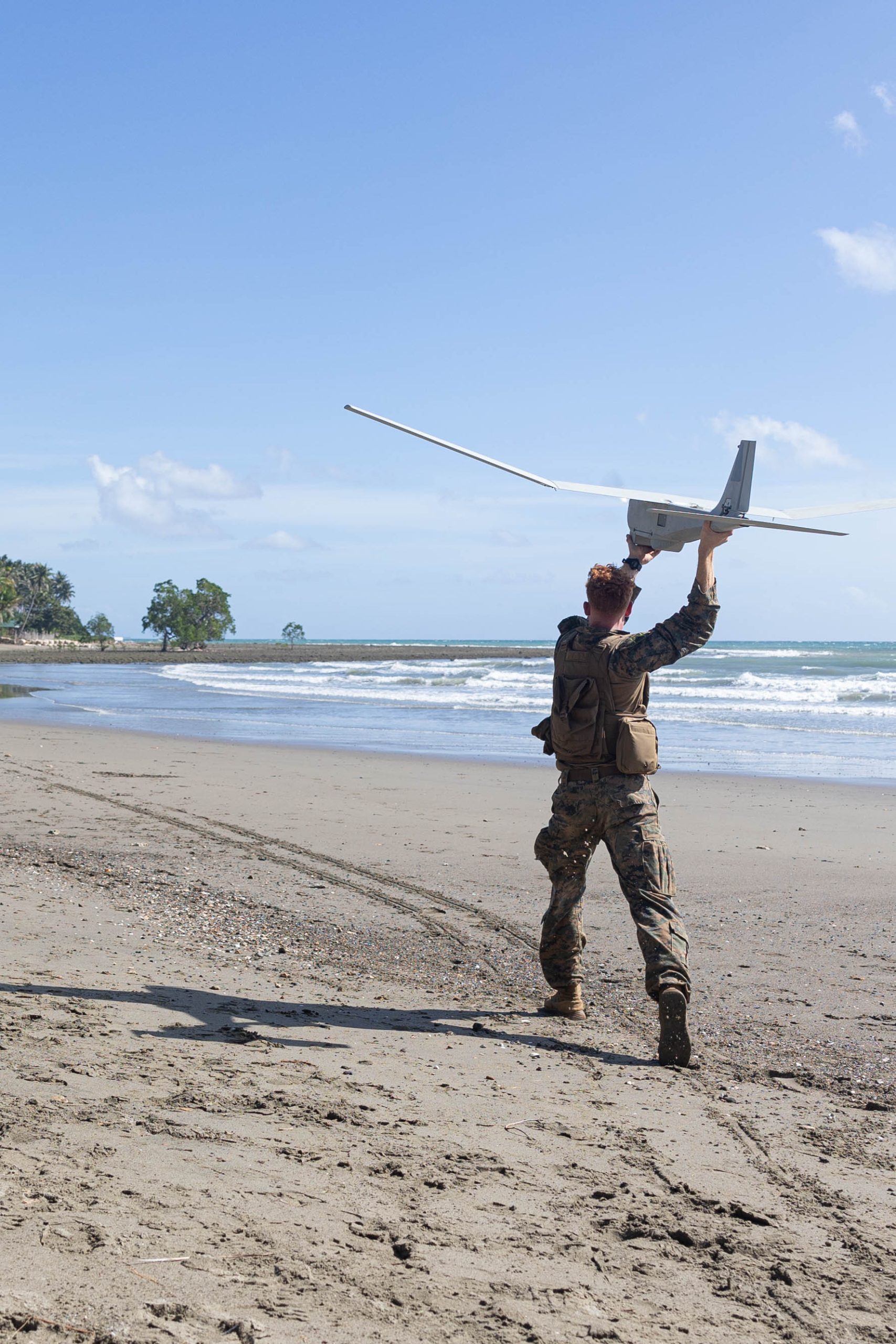
After 11 days of drills, U.S. Marines and Philippine forces wrapped up the seventh iteration of the KAMANDAG Marine exercise in Manila over the weekend.
KAMANDAG, an acronym of Kaagapay Ng Mga Mandirigma Ng Dagat, which translates from Tagalog into “cooperation of the warriors of the sea,” took place across the Philippine archipelago.
The two Marine forces trained alongside others from the Republic of Korea Marine Corps and the Japan Ground Self-Defense Forces from Palawan in the South China Sea, Tawi-Tawi in the Sulu Sea, and Batanes in the Luzon Strait. Observers from the British Armed Forces also attended the exercise for the first time. In all, around 2,700 participants and observers from the five countries were at this year’s KAMANDAG.
The Marine exercise caps a year of enhanced U.S.-Philippine defense cooperation and increased tensions in the South China Sea between America’s oldest treaty ally and China. KAMANDAG is only one of the around 500 military-to-military engagements planned this year between Washington and Manila, many of which involve the U.S. Marine Corps.
The service has been at the forefront of U.S.-Philippine defense engagements. Marines have deployed large contingents for exercises, such as Balikatan and Marine Aviation Support Activity, and smaller educational engagements with the Philippine military. In KAMANDAG, the Marine Corps achieved several firsts in both command and control and experimentation for Force Design 2030 efforts.
This exercise was the first of its kind to be commanded by the recently activated Marine Rotational Force-Southeast Asia (MRF-SEA), a forward-deployed purpose-built task force from the I Marine Expeditionary Force of around 200 personnel. Previously, the command of U.S. forces at KAMANDAG fell under III Marine Expeditionary Force, based in Okinawa.
Capt. Larry Boyd, lead Marine Corps public affairs officer for the exercise, told USNI News that MRF-SEA’s command of all U.S. forces participating in KAMANDAG “shows the capabilities of a scalable force to achieve success in such a role for large or small exercises.”
The exercise hosted a variety of subject matter exchanges, including humanitarian assistance and disaster relief, engineering, health and search and rescue. According to a document detailing KAMANDAG activities provided to USNI News, coastal defense training sessions were held in Northern Luzon and Palawan. Drill participants included the U.S. 3rd Marine Littoral Regiment, Philippine Coastal Defense Regiment, Japanese Amphibious Rapid Deployment Brigade and British observers.

In a first, elements from MRF-SEA deployed the U.S. Army’s Tactical Intelligence Targeting Access Node (TITAN) with its maritime sensing assets to improve joint and allied coastal defense capabilities. TITAN is a next-generation data processing ground station the Army is developing to speed up the kill chain across multiple domains by using artificial intelligence to process intelligence, surveillance and reconnaissance data.
Maritime domain awareness is one of the key missions the Marines plan to adopt under Force Design 2030. According to the Marines, the new Marine Littoral Regiment will “help the fleet and joint force win the reconnaissance and counter-reconnaissance battle within a contested area at the leading edge of a maritime defense.”
Boyd highlighted the use of commercial-off-the-shelf sensors such as Simrad radars, which he said allow “for a more seamless interoperability in building the Maritime Domain Awareness picture.”
“We are also furthering our goals in combined operations and fires deconfliction by utilizing combined combat operations centers in which U.S. and Philippine personnel staffed to command and control as well as deconflict maritime strikes. This is a core concept for the Pentagon’s Joint All Domain Command and Control initiative,” Boyd said.





